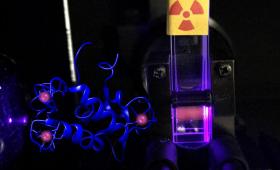Livermore scientists and collaborators have proposed a new mechanism by which nuclear waste could spread in the environment.
Science and Technology Highlights
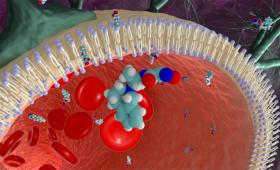
Scientists have developed a new, versatile antidote to counteract exposure to nerve agent poisoning.
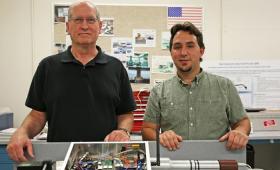
Since the attacks on the nation on Sept. 11, 2001, the Lab has continued to provide expertise in threat and risk assessment, detection of threat materials, and forensic analysis.
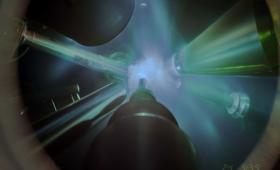
Researchers studied the melting behavior of tantalum at multi-megabar pressures on the nanosecond timescale.

A retrospective LLNL's response to 9/11, this article describes the development of the Biological Aerosol Sentry and Information System.
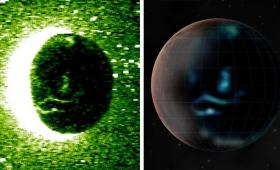
A United Arab Emirates Mars mission uses Livermore-made optics in the spectrometer used to image the surface.
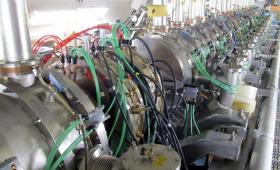
Livermore scientists are working on a new diagnostic capability that will provide, for the first time, the ability to make x-ray radiographic movies.

On Aug. 8, 2021, an experiment at Lawrence Livermore’s National Ignition Facility made a significant step toward ignition, achieving a yield of more than 1.3 megajoules.
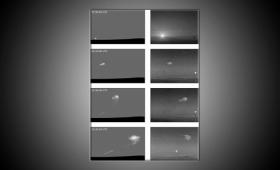
Livermore scientists are improving our understanding of nuclear cloud rise using a widely adopted and strongly validated weather modeling tool.


